| Note: If you see this text you use a browser which does not support usual Web-standards. Therefore the design of Media Art Net will not display correctly. Contents are nevertheless provided. For greatest possible comfort and full functionality you should use one of the recommended browsers. |
![]() Editorial
Editorial
Media art can only be conveyed by multimedia![]() Dieter Daniels
Dieter Daniels ![]() Inke Arns
Inke Arns
David Bowie calls sound and vision a «gift» in his 1970s song, written in Berlin. It was anticipated with pleasure then, but now it has become an almost everyday phenomenon in contemporary (media) art and in pop culture. Current examples include video clips, techno-visuals, video/audio art and sampling techniques used by DJs and VJs. [more]![]()
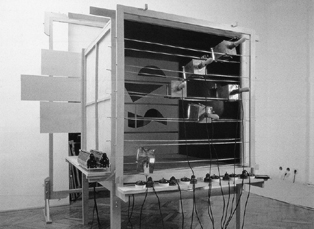 | The Sounding Image. About the relationship between art and music—an art-historical retrospective view In the early days of Modernism, interaction between art and music gave considerable impetus to the further development of new art forms. A short look back at European art history describes the changeable relationship between the two arts since the Middle Ages. Theoretical statements by the most important artists involved in this process provide a connecting thread. Richard Wagner's «Gesamtkunstwerk» and his synaesthetic ideas are the starting-point for the development of abstraction at the beginning of the 20th century. [more] |
Sound & Vision in Avantgarde & Mainstream The relationship between sound and vision in four steps: - Gesamtkunstwerk and audio-visual media technology in the 19th century, - avant-garde film and music in the 1920s, - video art and new music in the 1950s/60sVideokunst und neue Musik der 1950/60er, - techno-culture and today's media artTechnokultur und heutige Medienkunst. The three main themes: - interplay between visual and acoustic arts: composition, work concept, perceptual effects and technology, - transferring technical principles between sound and visual media , - avant-garde concepts as precursors of mainstream culture. [more] | 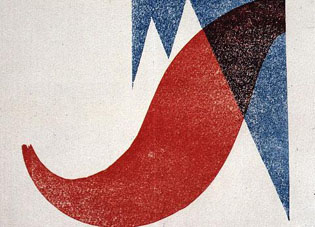 |
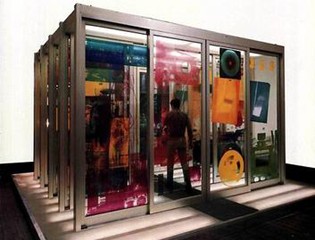 | Montage / Sampling / Morphing. On the Triassic of Aesthetics / Techniques / Politics The term «montage» once harbored the hope for a relearning of artistic means of production, especially in its most technically advanced form. Sampling played a similar role in the digital «revolution». But what has become of this hope? Why did «morphing» never become such a cultural-revolutionary catchword? The pop-theorist Diedrich Diederichsen investigates the interactions of art, media and society, in both the realm of the visual (film, photomontage, morphing) and the audio (sound-collage and sampling). [more] |
Audiovisions. Music as an Intermedia Art Form. With the expansion of electronic media into ever more central positions in everyday and cultural life, music is becoming more heavily influenced by media phenomena, it makes more frequent use of media technologies for its conception and production, and it increasingly reflects the functioning and the effects of media. [more] | 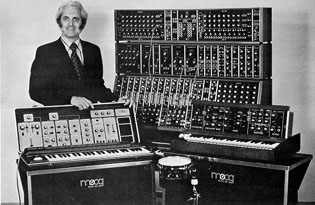 |
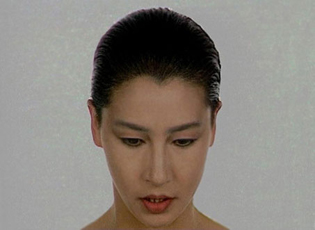 | Image and Sound as an Emotion Machine The Austrian group Granular Synthesis (Ulf Langheinrich & Kurt Hentschläger) works in the micro-interface area of audiovisual materials. Minimal units («grains») are sampled and reconstructed to hybrid units, whose continuity is nevertheless synthetic. [more] |
At best the walls will start to fluctuate and you'll notice the exterior space in the interior In conversation, Robert Lippok («Ornamentation and Crime», «to rococo rot») describes his development from the member of a GDR punk band to a visual artist. Whether in his musical or visual works, what play a major role are spontaneity, improvisation as an experimental working method, and taking hold of given situations. [more] | 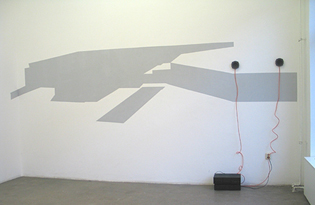 |
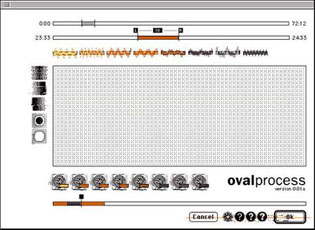 | My music is a model for music Markus Popp («oval») perceives electronic music as «irrevocably characterized by software». This assessment gives rise to radical measures on his part when confronting an accepted understanding of music. His music platform «Oval Process» is conceived as a participatory «model for music» in the Internet. [more] |
Sound affects everything you see The New York artist Stephen Vitiello tells of his development from the member of a punk band to an audio artist, and of his many years spent collaborating with artists such as Nam June Paik and Tony Oursler. In doing so, he views the Fluxus movement, video art and performance from the perspective of a musician. [more] | 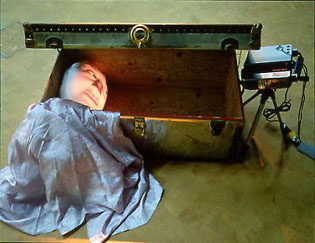 |